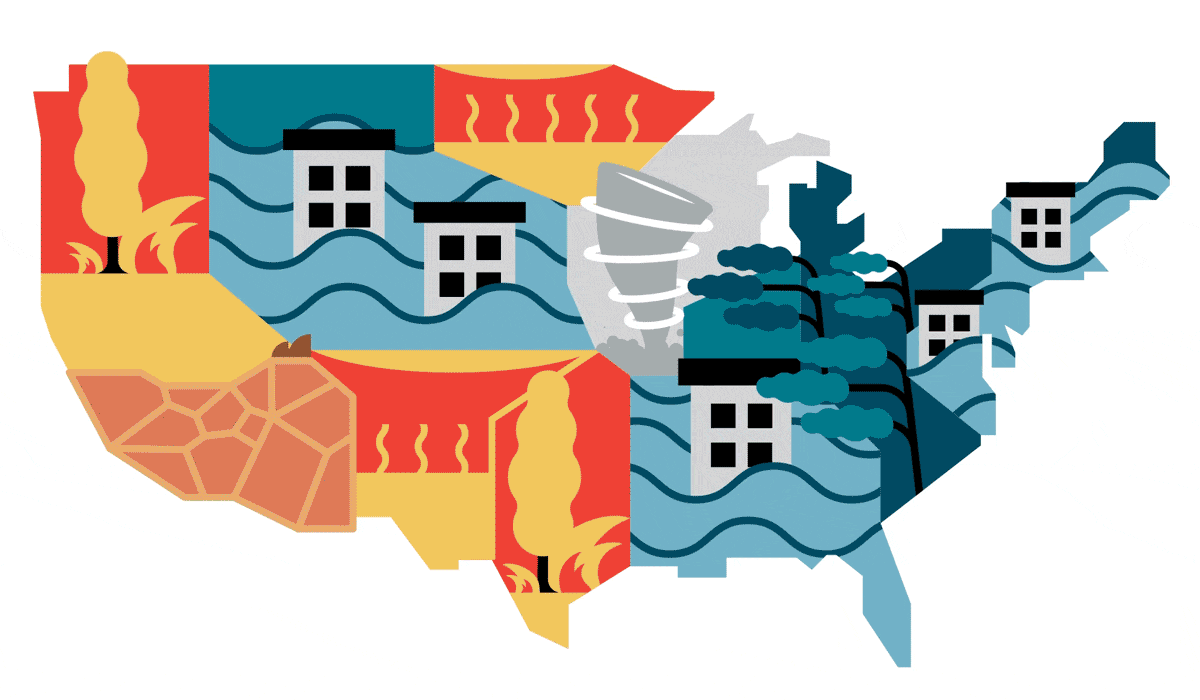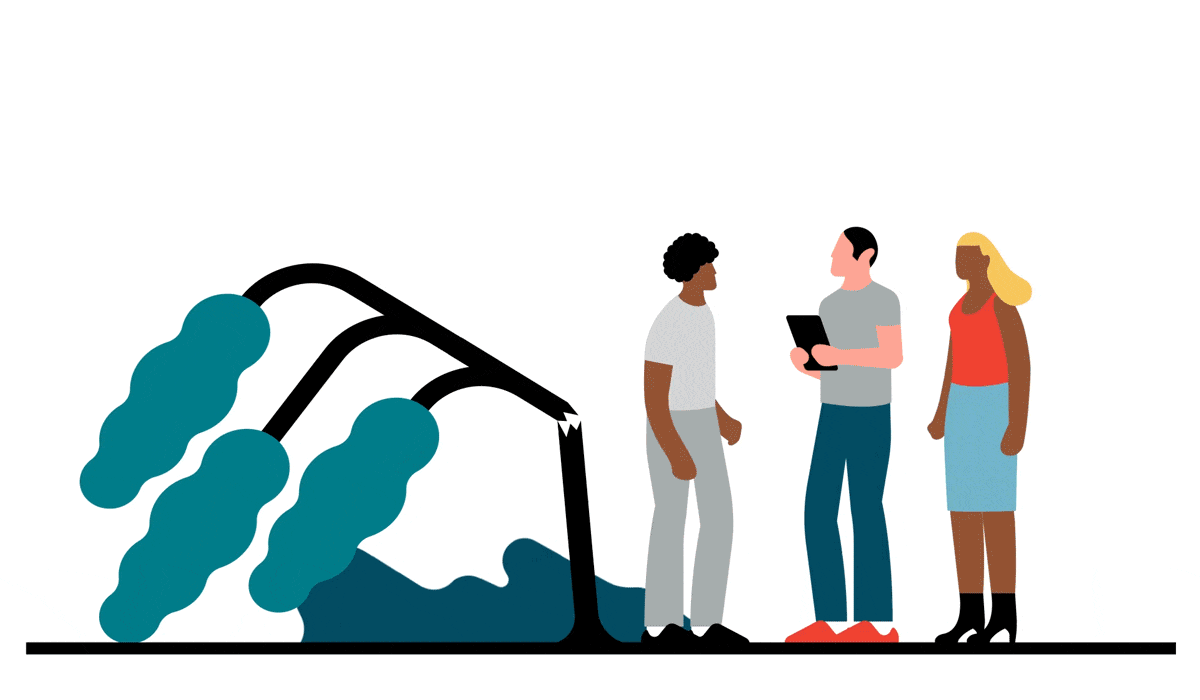
In September 2022, the first-ever global survey of mayors announced challenges on three fronts: inequality, climate change, and outdated infrastructure.
In a questionnaire conducted by the College of Architecture, Art, and Planning at Cornell University, civic leaders from 241 cities around the world consistently fretted about how urban infrastructure is struggling to accommodate issues like rising populations, flooding, climate change, and income inequality. And while developed countries have more financial resources to meet these difficulties than developing nations do, cities everywhere experience the same concerns—and have the same hopes for the future.
“Urban leaders … share similar visions for more livable, accessible, inclusive, and resilient cities,” the report states, adding that “critical conversations between urban leaders, planners and policy makers, architects, designers, activists, and artists” can help create “vibrant, inclusive, and sustainable cities where everyone can thrive.”
Throughout the United States, communities are dealing with a need for more resilient, climate-adaptive environments in the face of environmental challenges. Climate change is causing an increase in disaster events resulting in significant loss of life and property, including billions of dollars in damage. According to a 2022 report by the National Oceanic and Atmospheric Administration, the year 2021 was the third most costly on record, with 20 weather and climate disasters totaling $145 billion.
In addition, population growth, aging infrastructure, and socioeconomic factors are further straining the built environment. The good news? Architects are helping redesign and redefine the built environment to cope with these stressors. Here are three ways they’re partnering with civic leaders to invest in a more resilient future for communities.
The power of distributed energy
In the world of resilient design, there is no one-size-fits-all approach. Every community has a unique set of risks and conditions that are wide-ranging and complex. Architects use the best climate science available to understand a region’s specific climate-based hazards, determine vulnerabilities, and develop designs that can adapt and respond to future climate-related impacts. This can include a range of focuses, from distributed energy needs and stormwater management to designated emergency places of refuge.
Increasingly, energy resiliency is a top need. As natural disasters strain infrastructure, causing blackouts like the 2021 power failure in Texas that left 4.5 million homes without energy, architects are partnering with civic leaders to tailor distributed energy solutions. In San Juan, Puerto Rico, for example, Jonathan Marvel, FAIA, an architect with Marvel Designs, worked with residents and civic leaders to install solar microgrids—local grids that can function autonomously—so that communities can maintain power no matter the conditions. “We lost a lot of people because of lack of energy in hospitals,” Marvel said. “We want to plant the seed for a new future.”

Enhancing resilience against floods
Creating a resilient community takes just that—a community effort. Resilience is a multidisciplinary, systems-based approach to addressing social, environmental, and economic challenges to achieve climate-adaptive communities. To accomplish these goals, architects are partnering with code officials, engineers, and residents in a participatory design process, helping to bring together all parties to turn a big-picture vision into a reality. Communities can enhance their codes to be more resilient through tools like the Infrastructure Investment and Jobs Act—a crucial resource, as buildings designed under new codes tend to experience less damage during weather events.
In the aftermath of Hurricane Sandy in Breezy Point, New York, for instance, Illya Azaroff, FAIA, a Brooklyn architect, teamed up with city and federal leaders to design the Hurricane Strong Home, a residential structure that demonstrates resilient design for housing near the coast (and whose principles could be used in inland areas vulnerable to flash floods). The 1,200-square-foot, single-story home is elevated by 15-foot-tall reinforced-concrete fins (which can have a high embodied carbon cost if not made with innovative materials like cured carbon concrete), and has a stainless-steel, dual-function flood vent, concrete roof tiles, and two points of lightning-rod protection. Essentially, it’s designed to act like a large safe room, protecting homeowners from floods, tornadoes, and hurricanes. And while resilience and sustainability are often thought of as distinct, here they’re integrated—a new approach that could benefit flood-prone communities everywhere.
“I’ve never seen a resilient home like this,” said Joel May, the resilient construction director for BASF who helped orchestrate the house’s construction. “Weaving everything together into one platform with so much documentation of the process is significant.”
Future-proofing against drought and wildfire
The key is straightforward: integrate resilience and climate-adaptive design into every step of the process. To better understand vulnerabilities and risks, civic leaders can partner with architects to safeguard communities with resources like the AIA Resilient Project Process Guide, which identifies opportunities for layering regional hazard mitigation and climate adaptation goals into specific design solutions.
This approach can be particularly effective when designing in communities prone to drought and wildfire. Sara Woodfield Harrison, AIA, is an architect in Sonoma County, California, which experienced one of the most destructive wildfires in state history in 2017, when the 87,000-acre Sonoma Complex Fire consumed more than 5,000 homes and killed 24 people. To protect communities, Harrison and her firm weave resilience into every aspect of their designs, planning homes with noncombustible materials and incorporating sprinkler systems into the exterior. “We have complex environmental issues facing us,” she said. “We can help our human cause by not being wasteful of materials and not being vulnerable to what will be ongoing fire events in the American West.”
__
Want to make your community more resilient? Partner with an architect or engage with your local AIA chapter to assess your community’s local climate-related risks and vulnerabilities and formulate solutions. In partnership with your design team, utilize the AIA’s Resilient Project Process Guide to integrate resilience and climate-adaptive design into each step of the process. Check out resources like Understanding Resilience, Designing for Resilience, and Fundamentals of Resilient and Climate Adaptive Design. And be sure to check out the Communities by Design program to learn how Design Assistance Teams can help plan your community’s future.